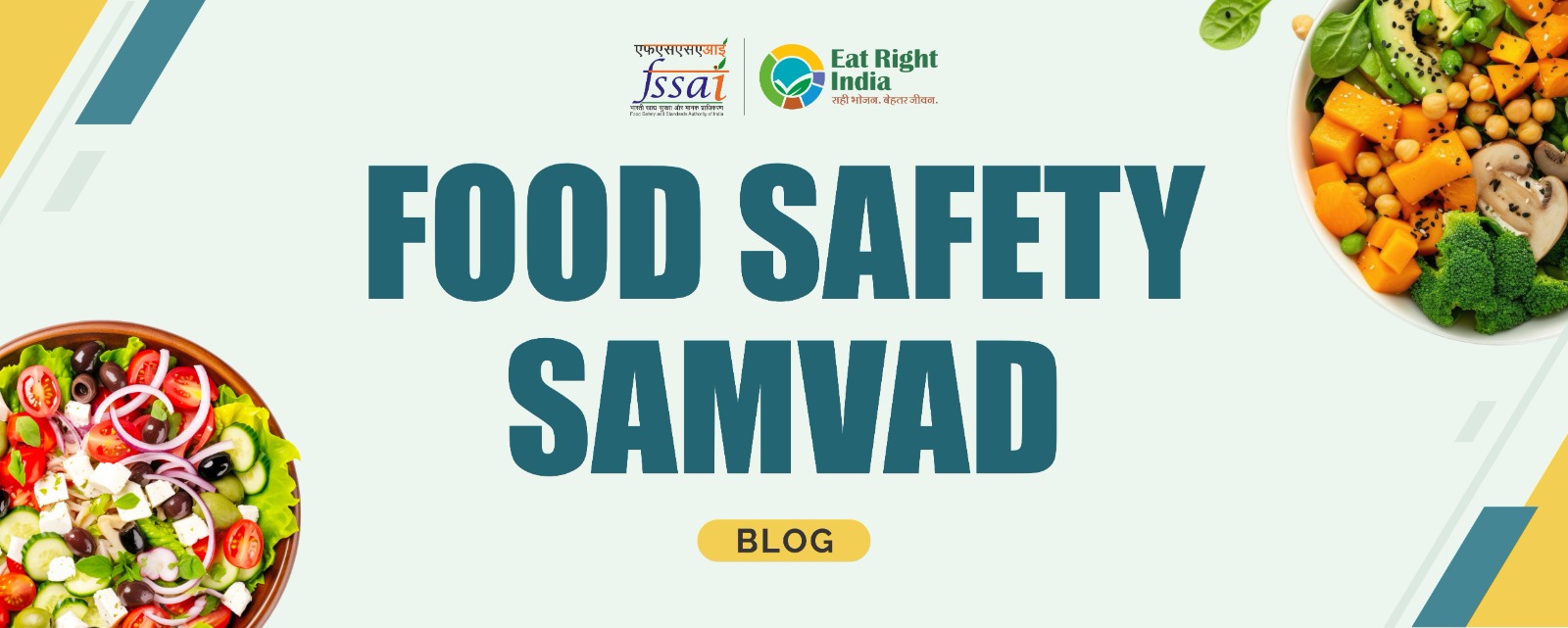.jpg)
Calcium Carbide or Ripening Masala used in fruits is Toxic
Calcium Carbide (CaC2) or Calcium acetylide is a grey or brown powder or solid widely used for generating acetylene gas or welding gas by small welders. Acetylene is a flammable gas and should be handled with care. Unfortunately, the same is used as an artificial ripening agent by many traders and few farmers for ripening of climacteric fruits like mango and banana. It is either put as small packets inside the packed fruit boxes or sprinkled on heaps of fruit in secluded areas away from the sight of consumers.
Dry Calcium carbide when comes in contact with water (moisture) forms acetylene gas and calcium hydroxide. Acetylene gas mimics ethylene (a natural plant ripening hormone) and hastens the ripening process in the fruits. A full mature fruit will produce enough ethylene by itself to make the fruit ripe. But fruits on a tree do not reach full maturity all at same time. As the mango season approaches, consumers will be impatiently waiting to taste the mango fruit, even paying a higher price. To make fast money traders (who are mostly pre-harvest contractors who lease the mango orchard immediately after flowering of trees) harvest even half or three-fourth mature fruits and forcibly ripen using calcium carbide.
A technical grade calcium carbide consists of 85% calcium carbide along with impurities of silicon carbide, calcium phosphide, calcium oxide, calcium nitride and calcium sulphides besides traces of arsenic and lead (heavy metal). Acetylene gas per-se may not remain on fruits, but the impurities present in the calcium carbide get attached to the fruits when it comes in contact during its usage. Studies have shown that significantly high amounts of iron, cobalt, arsenic and lead were detected in mango fruits treated with calcium carbide. Several reports have been published addressing health problem such as headache, dizziness, mood disturbances, sleepiness, mental confusion, seizures and diarrhoea due to the consumption of fruits treated with CaC2. It is also reported to cause cancer and neurological disorders.
Due to the potential hazard (physical being flammable and health), the use of calcium carbide as an artificial ripener is strongly prohibited in most South Asian countries. In India, use of calcium carbide for artificial ripening fruits is a punishable crime under Food Safety and Standards Act 2006, and Food Safety and Standards Regulations 2011. FSSAI permits only use of ethylene gas (100 ppm) for artificial ripening of fruits. External application of ethylene is required only in very low dose for triggering the ripening process in the fruit. After the trigger, fruits produce ethylene by itself through a biological process of auto-catalytic action. Fruits ripened using ethylene are safe and tastes better with good sweetness and aroma. Ethylene gas is available in varying capacities ranging from commercial cylinders to small canisters of the size of perfume cans.
Calcium carbide de-greens the mangoes faster with little ripening from inside. As a result, fruit looks yellow from outside, but will be less sweet from inside with sourness. This happens within 24 to 36 hours after exposure to calcium carbide. An ethylene gas treated fruits take 3-4 days to ripe and will be almost uniformly yellow or have the characteristic colour of the variety, good aroma when smelled and not very firm when held in hand.
How to know whether mangoes are treated with calcium carbide?
- 1. Pick-up the fruit and smell. If the fruit has come in contact of calcium carbide a faint pungent smell of chemical will be there without a strong aroma of mango.
- 2. If the fruit is quite firm when held in hand and bright yellow with green islands on the surface, without pleasant aroma of mango (which slightly varies with variety), most probably it is treated with calcium carbide.



.png)
